Natural History Museum
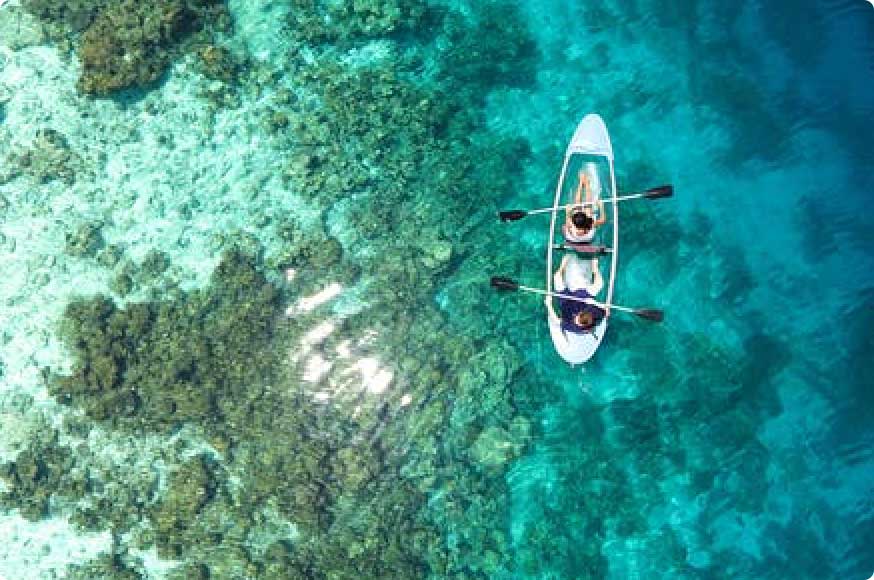
California is a prime destination for scuba divers, snorkelers, and water sports enthusiasts. From hiking trails with breathtaking views to museums with unique art exhibits, there's a place in California where your personal version of paradise awaits.
Start diving right nowStart diving right now
average ocean temperature
underwater reefs
water visibility
Located on the western coast of the United States, California is known for its temperate weather, laidback attitude, and some of the best scuba diving in the country.
There is no shortage of things to do and places to visit in California. From beautiful national parks to trendy beaches to the best in comedy venues, the Golden State has it all.
When it comes to scuba diving, there are very few places in the United States that can compare to California.
The California coast boasts over 100 dive sites throughout the state including Los Angeles, Orange County, San Diego, San Francisco, Ventura County, and Catalina Island.
Malibu Road is one of the easiest dive sites to visit in the Los Angeles area because of its proximity to accessible parking. Malibu Road has a maximum depth of 35 feet, with marine life like white sea bass and garibaldi residing only 10 feet under the surface. Bat rays and spotted leopard sharks are usually seen at depths of 25 feet, while kelp and other varieties of marine life are found at depths of 30 feet or lower.
Situated in Laguna Beach, Reef Point is a thriving, rocky reef in Orange County. Reef Point is a healthy reef teeming with garibaldi, senoritas, and blue banded gobies. Divers have spotted octopus, moray eels and nudibranchs on the reef’s rocky ridge. The rocky ridge is a textured structure with walls, swim throughs, and plenty of beautiful gorgonians. Reef point has a depth of 60 feet, but at 30 to 40 feet divers can spot octopus and moray eels.
Fisherman's Cove resides in Laguna Beach county on a small beach with multiple mini-reefs. Fisherman’s Cove is one of the best dive sites to see horn sharks and swell sharks during night dives! Fisherman’s Cove has a depth of 15 to 35 feet for marine life observations of kelp bass, sea cucumbers, and starfish. The Total depth of Fisherman’s Cove is 40 feet.
La Jolla is a beginner dive site that frequently acts as a diving instruction site. La Jolla Shores has a depth of 60 feet and contains a variety of marine life. La Jolla Shores has numerous dive sites including Vallecitos Point, South Walls, North Wall, Way North Wall, Secret Garden, and the Sand Flats.
Cordell Bank is a dive site with upper reef areas, strong currents, variable water conditions, and a maximum depth of 140 feet. Because of these factors, Cordell Bank is exclusive to advanced divers. Cordell Bank doesn’t have much to offer in terms of marine life variety aside from strawberry anemones.
The beautiful island of Catalina has over 60 dive sites. Among the 60 dive sites at Catalina Island is Sea Fan Grotto. Sea Fan Grotto is a dive site with a healthy kelp population in shallow areas and a variety of marine life. Sea Fan Grotto’s marine life lie in depths of 30 feet and 70 feet and consist of torpedo rays, angel sharks, senoritas, garibaldi, and rare nudibranchs. For intermediate and advanced divers, there's a solid structure wreck site 75 to 80 feet deeper within the dive site.
Los Angeles has more museums than any city in the US. On top of that, Los Angeles has a variety of activities for a variety of tourists.
Natural History Museum

San Francisco Botanical Garden
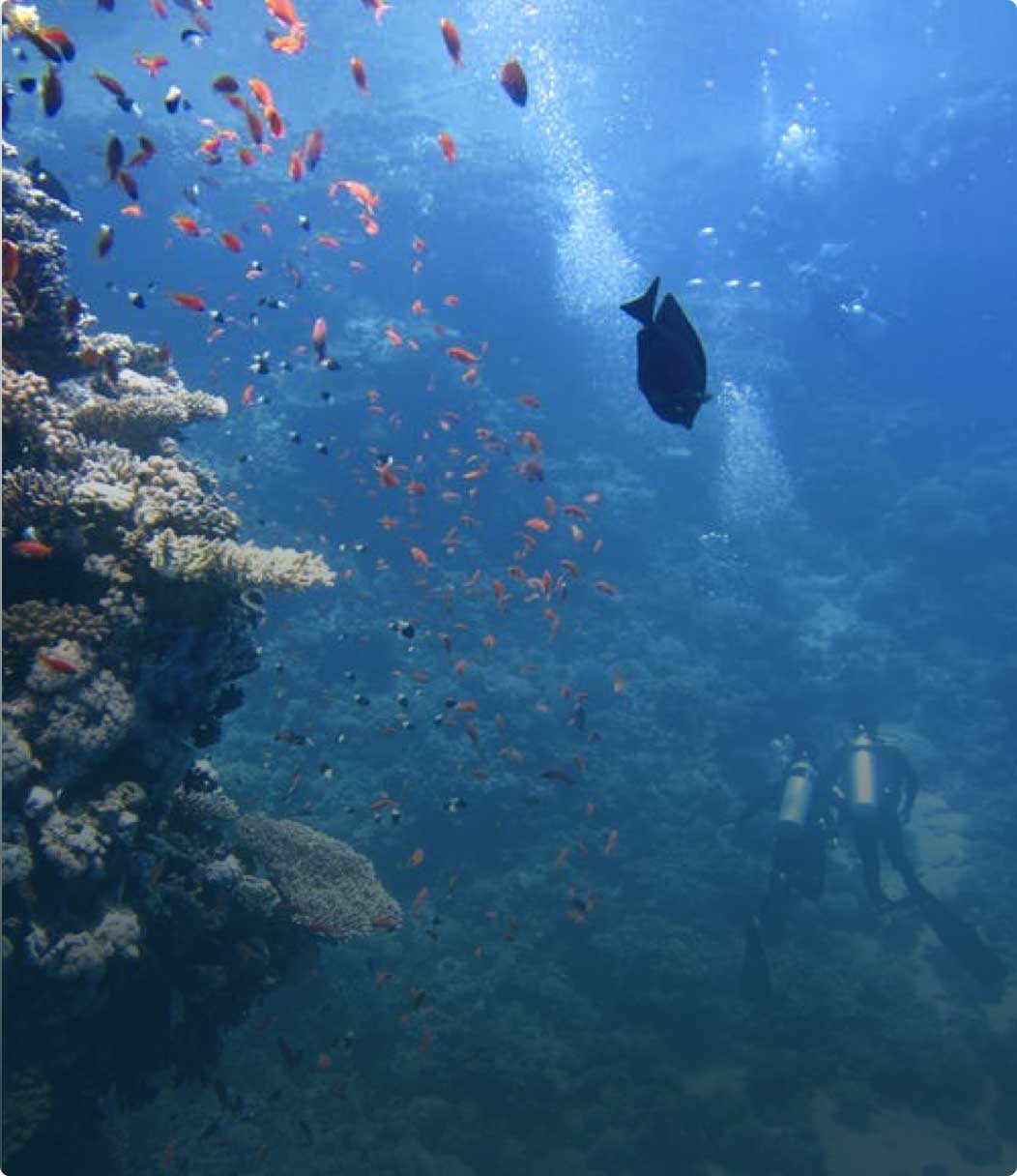
San Buenaventura Mission
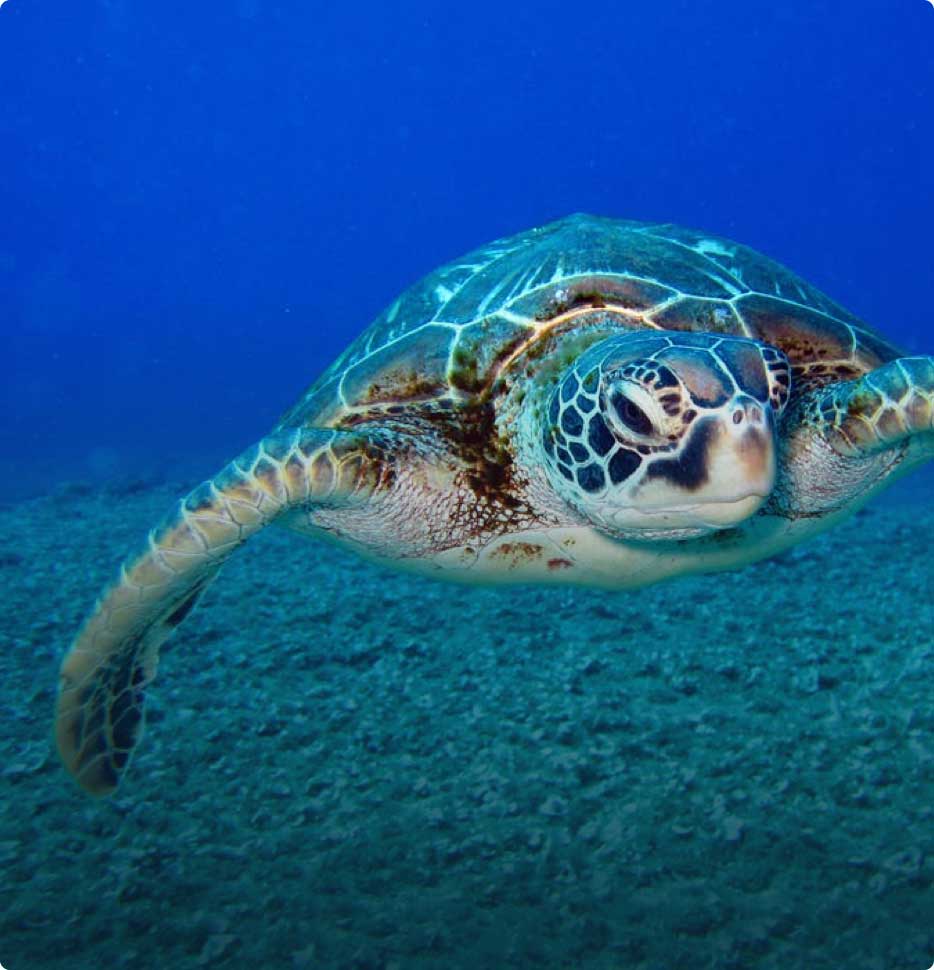
Zip Line Eco Tour
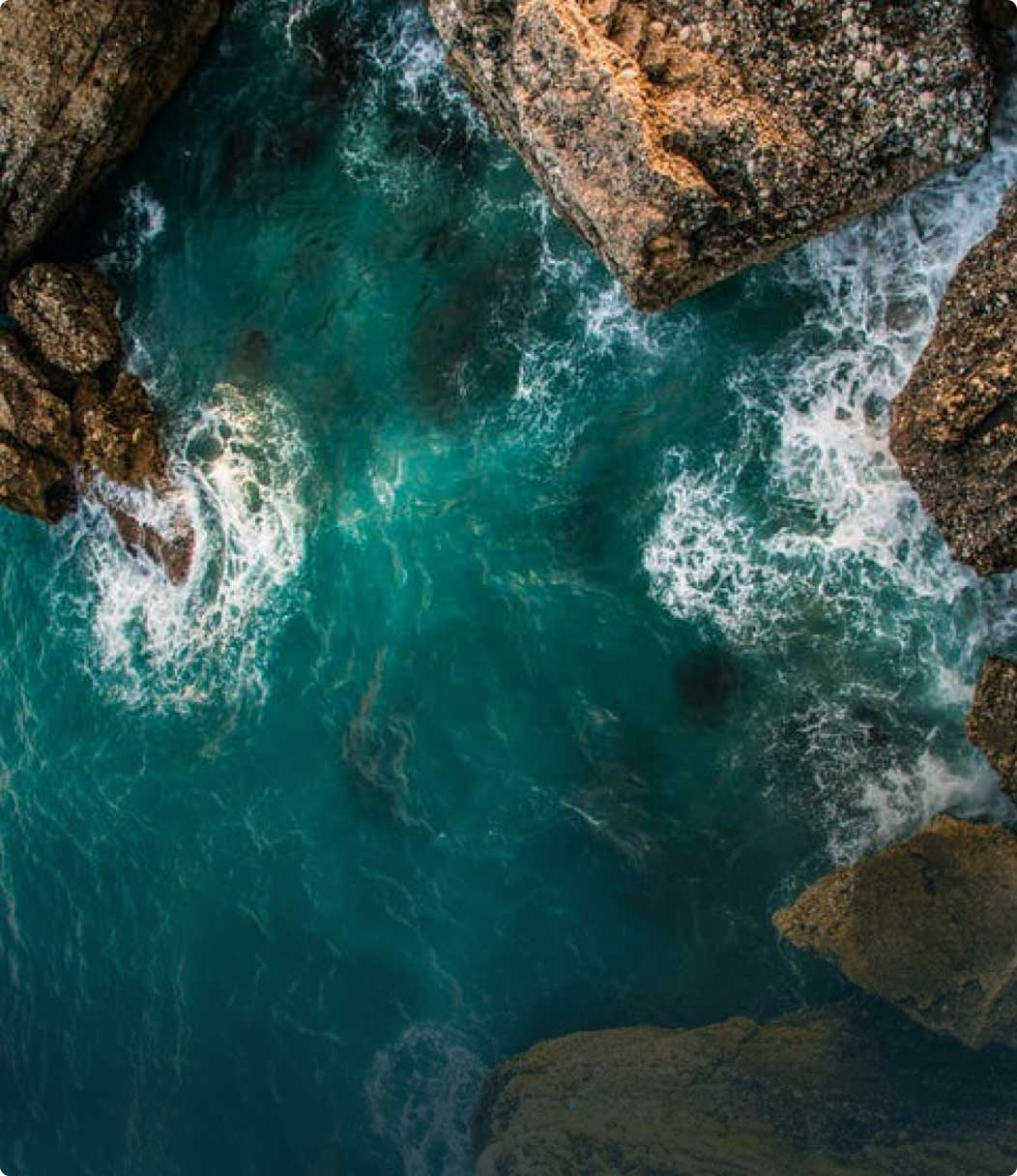
Little Italy
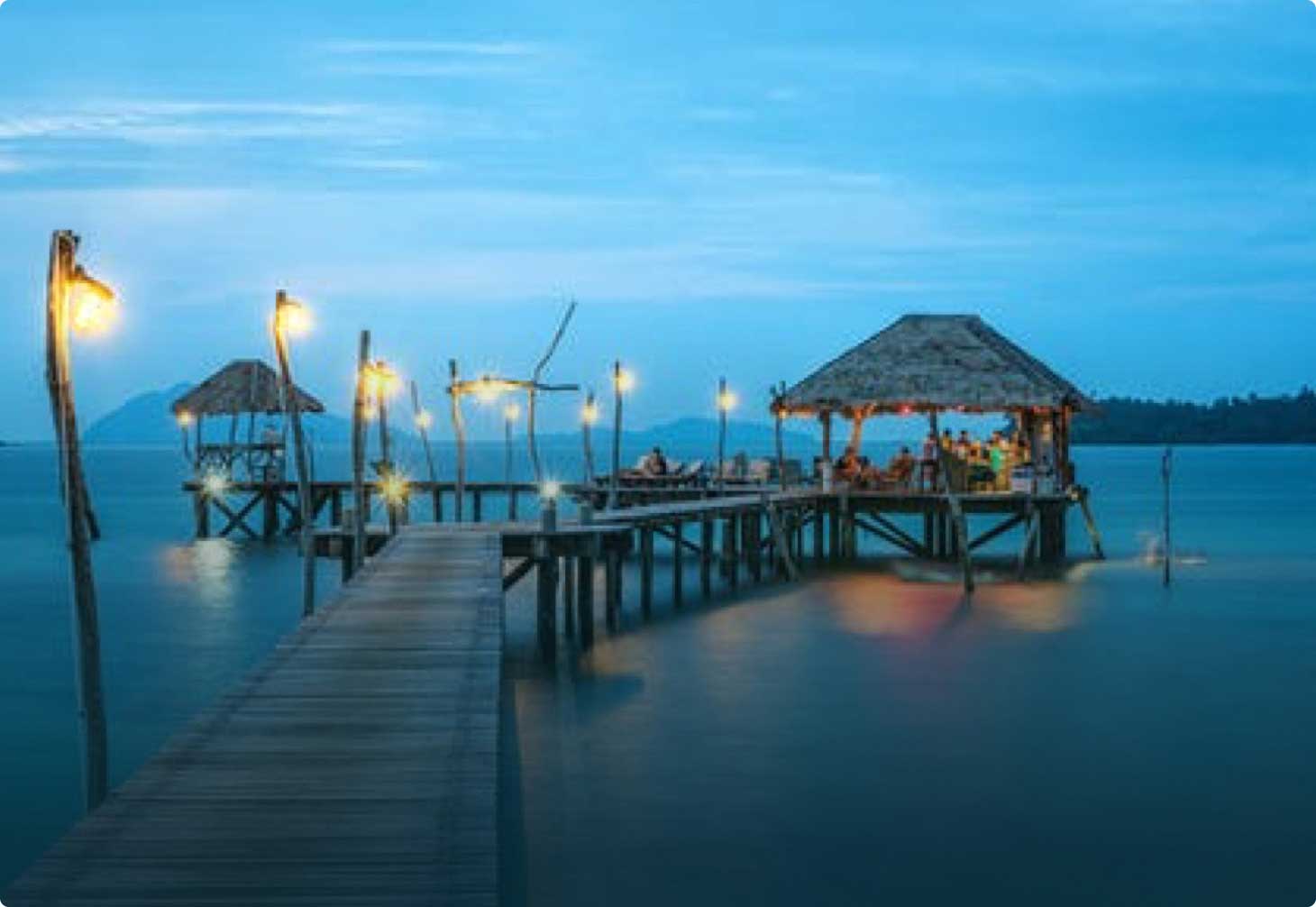
Enjoy a truly fine dining experience in LA at The Bazaar by Jose Andres.
Visit the Gaslamp Quarter on Fourth Avenue between Broadway and Market in San Diego.
Vesuvio Cafe is a North Beach bar that is just as trendy now as it was fifty years ago.
Enjoy hundreds of stores and numerous restaurants at Third Street Promenade in Santa Monica.
Open Water 20 is RAID’s most popular global certification program. It teaches divers everything they need to know to explore the underwater world within a depth of 66 feet. Upon completion of the academic portion of the course, divers go to the closest RAID dive center and complete the pool training and open water dives. This certification is internationally accepted.
Visit WebsiteYou need to be Open Water 20 certified before taking the Advanced 35 course. The Advanced 35 course is a quality course designed to train persons with diving experience, in the safe use of scuba diving with no decompression, to a maximum depth of 115 feet. The Advanced 35 course is divided in two sections: theoretical and practical. The theoretical section covers topics such as equipment, physics, confined water training, and open water training and the practical section requires one hour minimum in confined water and 4 hours in open water.
Visit WebsiteApart from meeting other prerequisites, you need to be Advanced 35 certified before taking the Master Rescue Diver course. The Master Rescue Diver course is a must for all experienced divers particularly those who wish to take the responsibility of the safety of other divers. It also prepares divers to dive in depths up to 130 feet. The course ultimately prepares you for Divemaster training, which requires documented evidence of at least 5 hours of diving to more than 90 feet and training to dive 130 feet.
Visit WebsiteWater visibility in California ranges from 10 feet to 30 feet except for Catalina Island. Catalina Island water visibility is an impressive 30 feet to 60 feet during the summer and increased visibility to 30 feet to 80 feet in the winter.
California ocean temperature averages out to about 60 to 70 degrees between August and November. Temperatures are coldest in January averaging out to 50 to 55 degrees.
Los Angeles, San Diego, and San Francisco have heat waves on occasion during the summer months with temperatures in the triple digits between August and October.
The best time to travel to California is from late May to early October. Visit in autumn to avoid crowds and enjoy more even-tempered weather.
Start diving right nowStart diving right now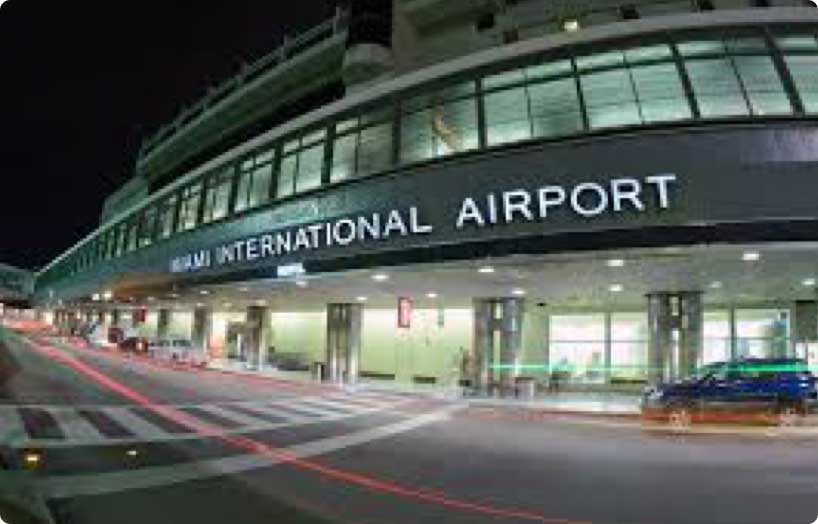
The Los Angeles International Airport is the busiest airport in California, the second-busiest airport in the U.S., and the fifth-busiest airport in the world. In 2018, LAX handled 87,534,384 passengers. It’s a popular airport for celebrity sightings and it’s symbolic LAX sculpted letters outside of the entrance.
View on map View on map
San Diego International Airport is the busiest single runway airport in the US and third-busiest runway in the world in 2016. There are two terminals and two parking lots, but there are also long-term parking options such as the parking plaza.
The parking plaza has 2900 parking spaces and self-parking areas. The hourly rate for parking in the parking plaza is $2.50 for 30 minutes.

San Francisco International is the largest airport in the bay and the second-busiest airport in California. San Francisco International is easy to navigate but, as this is the second-busiest airport in California, delays are prone to happen.
View on map View on map